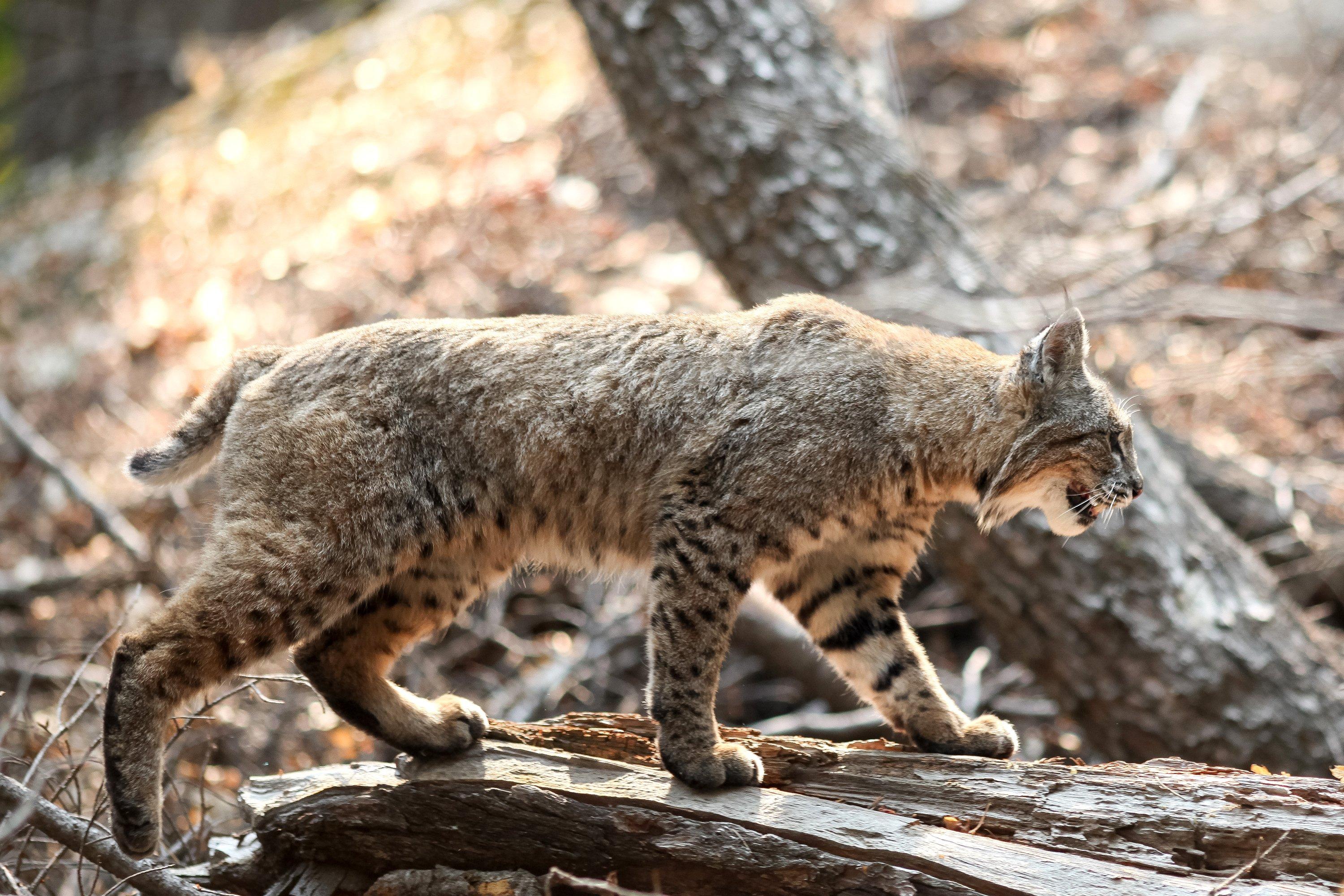Yes, it's easier to buy a bird at the butcher shop, but not nearly as much fun
Farm-raised turkeys from your local meat market shared with family and friends are a tradition for some, sure. Not everyone hunts wild turkeys with the same passion we do. Our birds carry the memories of the hunt. That's a powerful thing for most of us.
And it gives us a chance to tell that story just one more time as we pass the gravy. But first, you have to get one by the feet.

Outhustle Flocks
Assuming you're in decent hunting shape by now, watch birds from a distance, note where they're going, and get ahead of them. Use terrain to hike around the moving group and make your setup. Call and they might just drift your way for a look. Turkeys are sociable. Use this to your calling advantage.
Mimic Those Birds
If you hear a fall turkey call, imitate it. Young birds of the year make kee-kee vocalizations, so mimic them right back. If a gobbler yelps or gobbles, do the same, with safety in mind, as always. It's a good idea to mimic turkey vocalizations after a scatter, and also when calling intact fall flocks.
[Get Out There: Fall Turkey Hunting on Public Land]
Cruise Control
In areas with plenty of ground scratchings, turkey tracks, dusting areas, and fresh droppings, slowly move from setup to setup, calling as you sit for brief durations. It's possible to make contact with a group of fall turkeys that's also on the move, and pull them right in.
Send Them Off
If you've patterned a flock but can't pull them into range, put your gun or bow down, use terrain to your tactical advantage, then rush the group, pushing individual birds in all directions if possible.
Sometimes, it pays to follow up the first effort with a second scatter, as some birds might have alighted in treetops together. Break them up too. In fall turkey hunting, flocks can't be scattered enough. These gregarious birds will usually want to get back together. Once they begin calling and moving toward your position, they can come in fast.
[Bird in Hand: Realtree Cutting Board and Serving Tray]
Cover More Ground
Study your local fall birds to determine where they roost and where they go to feed each day. Find preferred food sources. Set up between the two areas. Call now and then, coaxing them your way — or at least so they sound off to let you know their position.
There's one, and in range. Boom, down, a toothy grin under your camo mask. Savor the moment, take your Thanksgiving bird home, and start planning for the big day.
[Great Turkey Recipes: Realtree's Timber to Table]











































